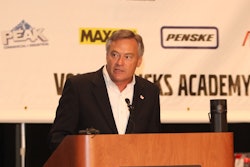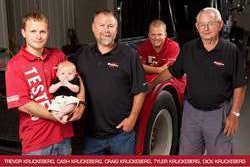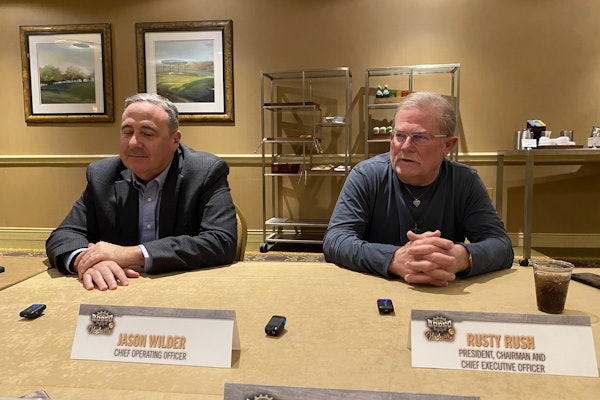I’m all for conservation.
I live in Alabama, and the county where I live is a one of the top destinations for hunters in the Southeast.
This past deer season, I ran into Brett Favre at the Chevron station.
On top of that, greenhouse gas emissions trap heat. It’s not like an Alabama July needs any help to get any hotter.
I’m pro whatever it takes to reduce our carbon footprint and leave things better than we found them. Within reason.
The U.S. Environmental Protection Agency (EPA) and the U.S. Department of Transportation (DOT) proposed ambitious Phase 2 fuel economy increases/emission decreases for new commercial trucks, some of which I think is unreasonable.
The Obama administration estimates the proposal, which is slated to phase in between model years 2021 and 2027, will cost at least $25 billion – three times the estimated cost of Phase 1.
That’s a lot of money to steep in research and development and engineering.
There’s only so much more efficiency you can squeeze from a truck, and I’m not sure how much is left. Class 7 and 8 tractors alone are targeted for a 24 percent improvement over Phase 1 – including 4.2 percent from engines alone.
Phase II, only five model years away from implementation if adopted, could force some technologies to market before they are ready. Not good news for distributors who are expected to stock potentially unproven parts and products.
American Trucking Associations (ATA) Vice President and Energy and Environmental Counsel Glen Kedzie says his organization believes the deployment of certain technologies that prove to be unreliable would ultimately be a step backward.
“This unreliability could slow not only adoption of these technologies, but the environmental benefits they aim to create,” he says. “To prevent this, truck and engine manufacturers will need adequate time to develop solutions to meet these new standards.”
Many of trucking’s major OEs spoke favorably of the mandate, seemingly eager to tackle the challenges that lie ahead. So, it’s more than possible critical technologies are already being scrutinized.
Transportation Secretary Anthony Foxx says the new rules not only help the environment, but as trucks use less fuel and shipping costs go down, the economy will improve.
What Foxx isn’t accounting for is the increased costs associated with buying the equipment that actually moves the freight.
As technology is added to the truck and trailer, zeroes are added to the sticker price.
Concerns over rising costs, reliability, and maintenance could cause would-be truck buyers to delay or defer new equipment purchases beyond 2017.
That’s likely to be a boon to the aftermarket as fleets look to push used equipment even further. The average age of a Class 8 truck is hovering around a decade, and the used truck market is as healthy as it’s ever been.
The health of the used truck market could stave off the negative impact a run on new trucks from fleets trying to buy ahead of Phase II mandates.
Since Phase II is likely to cause some discomfort with fleets, there should be plenty of good news for the aftermarket.
Trucking historically has been wary of new and cutting-edge (and government mandated at that), which means the aftermarket could be awash in aging prior-generation technology for a while.











